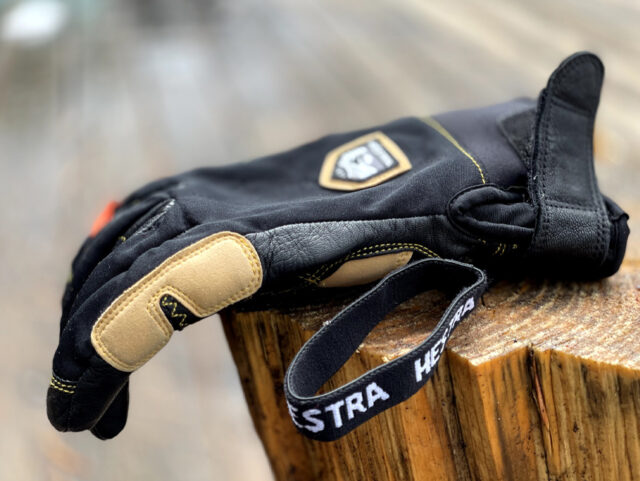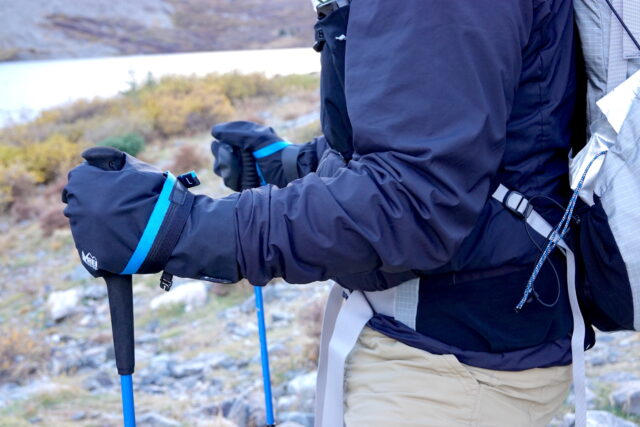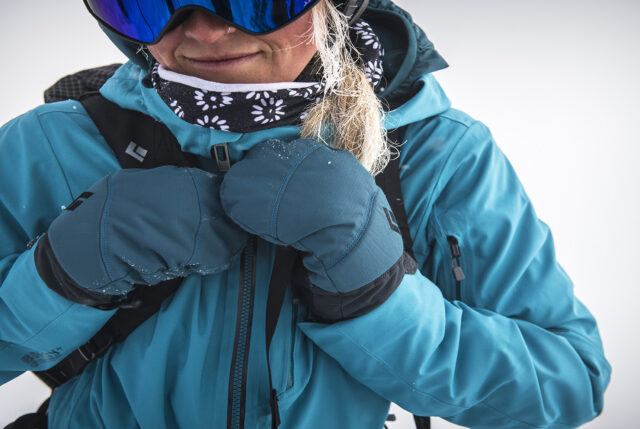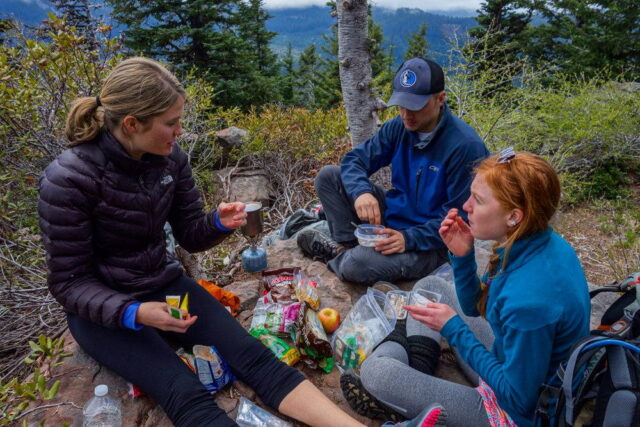
Winter hiking is fun, but sometimes it can be very cold outside, especially in winter, late fall, and early spring. Hikers must take care of themselves, and stay warm. Protecting your body from low temperatures ensures you can accomplish your hiking goals and get back home completely healthy. Hiking can be a great way to get exercise, but it’ll take some preparation before heading out into the snow. The last thing you want is to freeze off or suffer from hypothermia.
Even though the weather may seem great, hikers often get really cold because they don’t take enough precautions against hypothermia. Temperatures in the mountains can get really low, even during the summer months.
You should always carry some extra layers of clothes while hiking trails or climbing mountains. A pair of gloves will do its magic in the first place. If you don’t have those yet, we highly recommend buying a pair or two. You don’t even need to buy the most expensive ones.
But, are gloves enough to protect you from hypothermia and being cold while hiking?
Sometimes, even the socks you wear can play a huge role in keeping your body warm, including the hands.
If you’re only hiking for short distances, you may not need anything more than an insulating suit, warming socks, and gloves. But if you’re planning to go for miles, you’ll find yourself needing a few things further along, like professional hiking clothes.
If you plan to go backpacking this season, make sure you prepare ahead of time. We suggest keeping your hands warm by using hand warmers or mittens (or both). They provide warmth, moisture, and protection against wind chill.
So, let’s check on some useful tips on how to stay warm:
1. Wear gloves

Wear gloves if you plan to hike for extended periods. You may want to use waterproof ones, especially if you’re planning on hiking near water if it rains, or there is snow. Gloves help to protect your skin from getting cold and wet, and they provide some insulation. If you find yourself feeling chilly while out walking, put on a hat or pull your jacket around you.
Your hands need to stay warm during cold weather hikes, otherwise, they get really numb and uncomfortable after a while. If you don’t have any gloves on already, now would be a good time to invest in some. As an addition, you can use some hand heater. It’s a device that releases warmth, and they work exceptionally great with your gloves.
Gloves shouldn’t be overlooked, even though you might think they’re. Cold air can cause your fingertips to swell, making it harder to grab onto objects. Insulated gloves help prevent this while keeping your fingertips warm.
2. Waterproof mittens

If you don’t like gloves, you can always choose mittens. It’s important to do this even if you hike in September or April. In colder climates, especially around water bodies, your hand mitts will likely get soaking wet. That’s where waterproof mittens come in handy. These liners keep your hands dry throughout the hike, whether you’re fording rivers or just walking through puddles.
There are two types of waterproof mittens. Those would be breathable and nonbreathable models. Breathable liners allow moisture vapor to pass through their material, keeping your hands nice and comfortable. Nonbreathable liners stop any moisture from getting through to your skin. However, they often feel cooler than breathable liner options.
3. Dress appropriately

Even if you wear the best gloves or mittens, it wouldn’t make a difference when you aren’t dressed appropriately. Make sure to dress properly and wear layers if you’re going to be hiking in colder temperatures. Wearing layers helps insulate your body and keeps you warmer.
People who go hiking must wear proper clothes and bring the needed equipment with them. Weather can be so unpredictable, and we are sure you don’t want to risk getting cold in the mountains.
4. Stay active and have some snack

If you feel tired while hiking, get moving. Walking briskly warms your muscles and increases blood flow, which means your body’s temperature will rise.
Hikers usually get tired and they sit anywhere to rest. But, being inactive means you risk getting too cold and lose your consciousness. That’s why you must try and stay active, as long as you can. Always bring snacks so you can boost your energy. Foods high in protein and fat, such as nuts and jerky, tend to stay warmer longer than foods low in those things. Also, bring plenty of water as dehydration can lead to cramps and hypothermia.
And of course, don’t go for too challenging trails, especially if you are not experienced in hiking.
Set realistic expectations, and take care of yourself.
5. Take breaks
Hiking is hard work. Make sure to take frequent breaks to rest and rehydrate. Drink lots of fluids, eat something nutritious, and try to relax.
Also, get back to the previous paragraph, to see why you don’t have to stay too long inactive. It’s always good to take a break, but make it short, for just a few minutes, and don’t get too relaxed.
Keep in mind that you are in nature, and there is always some danger around you. Be careful, and stay alert, but don’t get too stressed. We know it’s difficult to manage all these things, but as you gain more experience, it would become easier for you to manage these things.
6. Bring extra socks

You may think socks aren’t necessary for hiking, but they do help protect your feet from blisters. If you’re planning on wearing shoes, make sure to wear the right kind of socks. Don’t forget about your toes either – they’ll appreciate having a little bit of padding.
But, how is it related to hands? We all know if our feet are cold, our whole body feels cold. If your feet are freezing, the next one to do that is the fingertips. So, make sure your feet are warm and dry, and your whole body will be thankful for that.
We hope that we shared useful tips with you, helping you to stay warm on your next hiking adventure.









